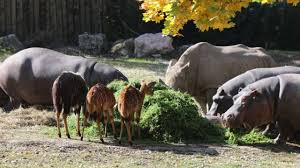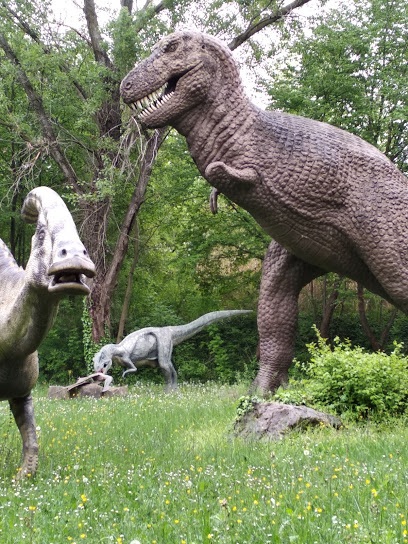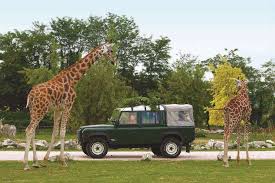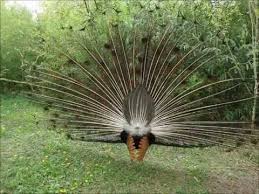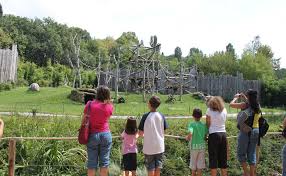Today Parco Natura Viva is a modern zoo, an important center for the protection of threatened species, which has evolved over time to play an active role in the conservation of biodiversity. The garden was born from the brilliant idea of architect Alberto Avisani, the founder, who transformed part of his farm in the 1960s into a wildlife area, collecting animals from local animals for her education and ultimately presenting them to the public. From this embryonic idea the opportunity was born to even temporarily accommodate animals in the circus, thus the idea of creating a park, open to the public, to host both exotic and national animals.
The first section of about 10 hectares was designed since 1965 and was opened on June 25, 1969, which is the current Faunistic road. In 1973, a sector dedicated to African mammal species and birds called Safari was added to his boat. In 1978 the structure was expanded in new ways: the Aquaterarium, the Tropical Greenhouse and the dinosaurs, where visitors, for the first time in Italy, can admire life-size models of previous reptiles. Since 1985, an important project has been launched for general re-development, which still includes many basic aspects: zoology, architecture and management.
The role of zoos evolved over time: from a simple presentation of exotic animals to a key player in preserving them. The feasibility and necessity of a modern zoo was formally identified at the 1992 Rio Conference, in which the importance of an ex situ conservation strategy integrated with biodiversity protection and on-site protection was expressed.
Bebo: The first person in the park
When the Parco Natura Viva was opened to the public in June 1969, the Pippo hippopotamus was already present and stayed with us until January 2009.
Bebo was a constant presence for all, the first animal all children went to, as soon as they reached the park, to greet him shouting loudly: He has seen more than 5 million children pass by. Pippo, who donated in 1969 by circus to the emerging Del Garda Zoo, today Barco Natura Viva, lived with us until January 18, 2009. His exact age was not confirmed, he lost his origin in the annual records, but certainly reached Pippo and perhaps Over 50 years, a record for the longevity of this species, has been shared with a few other samples in Europe. We left our friend at the beginning of the year the grand celebrations to celebrate the 40th anniversary of the park and have been taken care of until the last by veterinarians and guards who for years took care of this hippo until it is almost considered "local", despite the reputation of the African animal among the most aggressive and dangerous man .
To commemorate our friend, we wanted this monument, the work of natural sculptors Beni and Fransini, for Borgo Lorenzo in Florence, which he modeled, armed with minerals, in sculpted clay, a true cloning of the truth, anatomy and design of the bell: the reproduction of lost wax with chisel and patination, Weight 600 kg.

